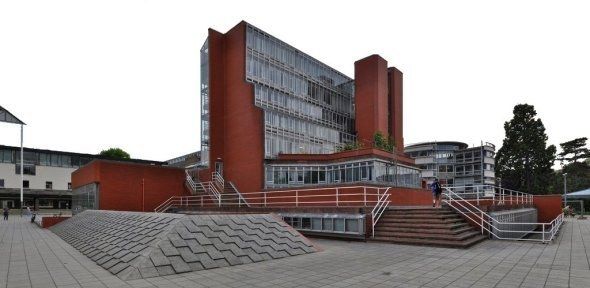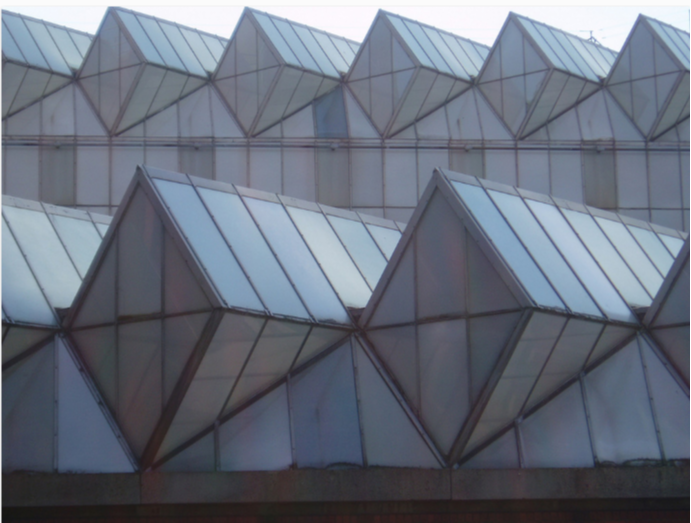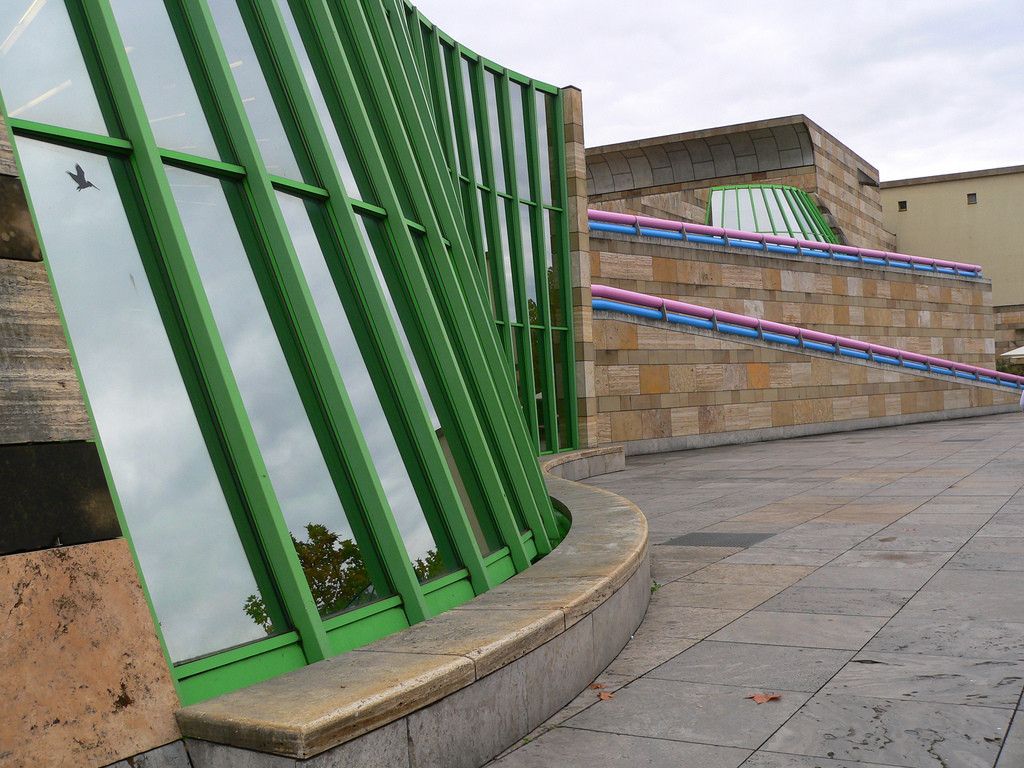
Article posted by
As the Tate Modern opens the doors to its long-awaited new building, we look at the impact that a towering figure in Tate architectural legacy has had in the design world.
Revered and derided in equal measure, James Stirling was undoubtedly a dominant figure of 20th century architecture, so much so that the UK’s most respected prize for excellence in the field, the RIBA Stirling Prize, is named in his honour. But who was he and why was he so impactful, albeit in a divisive way?
James Frazer Stirling is perhaps best remembered for the things he never managed to achieve in his 68 years. Throughout his career, Stirling, who was born in Glasgow in 1924 and fought in the Parachute Regiment in WWII, was often branded an incompetent visionary, particularly as a fledgling architect in the 1960s.
One of his first designs, the History Faculty at Cambridge University (below) was loathed by critics when it was opened in 1968. The architect would reject the label that this, along with other early designs, lay the foundations for the ‘New Brutalist Movement’, featuring geometric lines and angles, complete with concrete facades. His designs were pioneering as he sought to reimagine cityscapes in an economical way.

Stirling would go on to design buildings for Tate Britain in London, and the Tate in Liverpool, building on his designs for educational institutions, including the University of Leicester’s Engineering Building, below.

In 1981 Stirling was the recipient of the Pritzker Prize, now considered to be the greatest architectural prize in the world. Yet as the prize was in its infancy (he was the third winner) he didn’t manage to take full advantage of its later prestigiousness, subsequently designing a slew of buildings deemed to be failures. It was in 1984, however, that Stirling’s now celebrated design for Stuttgart’s Staatsgalerie (pictured below) opened.

The building’s angles and colourful design contributed to it now being seen as the epitome of Post-modernism. Many of Stirling’s visions never came to fruition, remaining unbuilt. But perhaps his greatest accolade of all was his daring refusal to conform, his rebellion, and yes, his failure. But through this failure and derision he managed to push the boundaries of the Modern Movement and architectural design, as a whole, across the world.
Most importantly of all, he was original and disruptive, questioning the accepted components of the first Modern Movement and attempting to subvert this. Despite his legacy only leaving us with a handful of completed monuments, his trailblazing influence in shaking up the status quo and pushing the limits of modern architecture reaches far further than the work we see still standing in cities today.
We’re here if you need help defining a role or brief, specialist insight to help shape your ideas or expert help with your recruitment process. Just get in touch to arrange a conversation with one of the team or if you’re ready for us to find the perfect person for you, send us your brief.
If you’re looking for your ideal job send your CV to us to get started or search for the latest job vacancies and we’ll get the ball rolling.